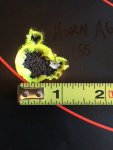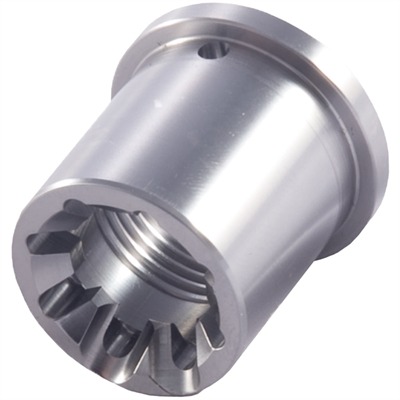I was reading tons on the validity of lapping the face of an upper for AR's. Some say if you buy quality then there is no need and some it cannot possibly make a difference at all and others say it works. Anyway, I thought I would try it myself and see. Now, I have not tested the rifle out again since but this is just some observations I made. I got the Wheeler lapping tool and used an aero upper. When I put the lapping bar in the upper you could literally see light through where the lapping tool joined the face of the upper receiver. It was a very minor but noticeable cant that was big enough to slide a business card in or more. So, it was not square at all- or at least noticeable enough I would say. It literally takes 5 mins. to lap the upper and make it square, so I am not sure of the down side. I am going to assemble it back tomorrow and try to get it out this weekend and see if it actually made any real world differences. But, to me it seems very worth doing for the time etc. Now, who knows if I will notice it in the groups! It has me curious if other uppers are that far off as well.
Have guys noticed similar things and see any noticeable results by doing it?
Have guys noticed similar things and see any noticeable results by doing it?




